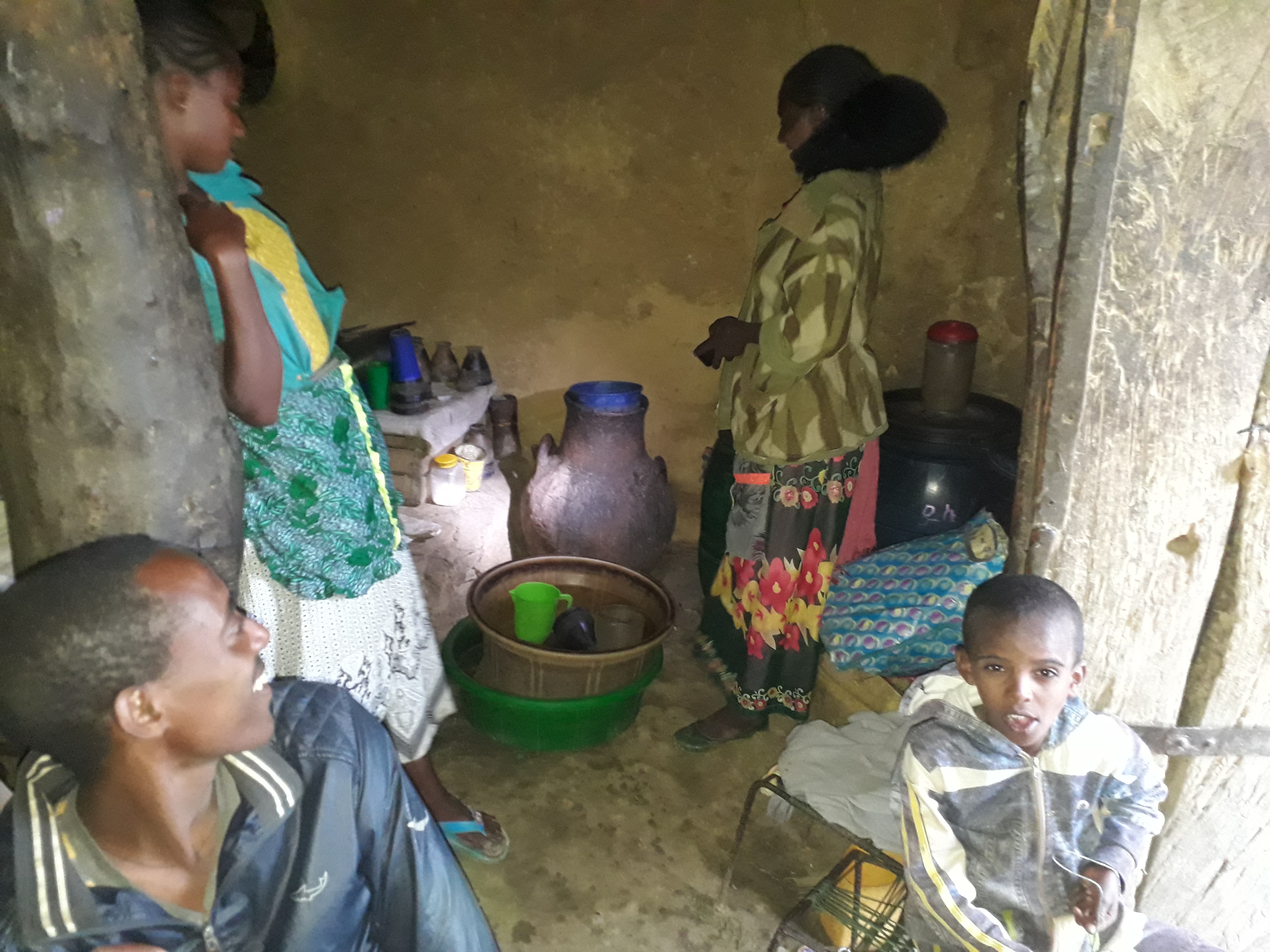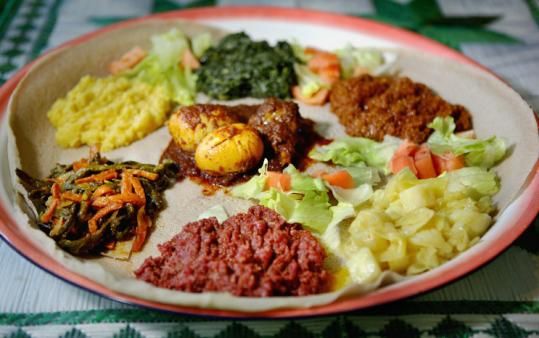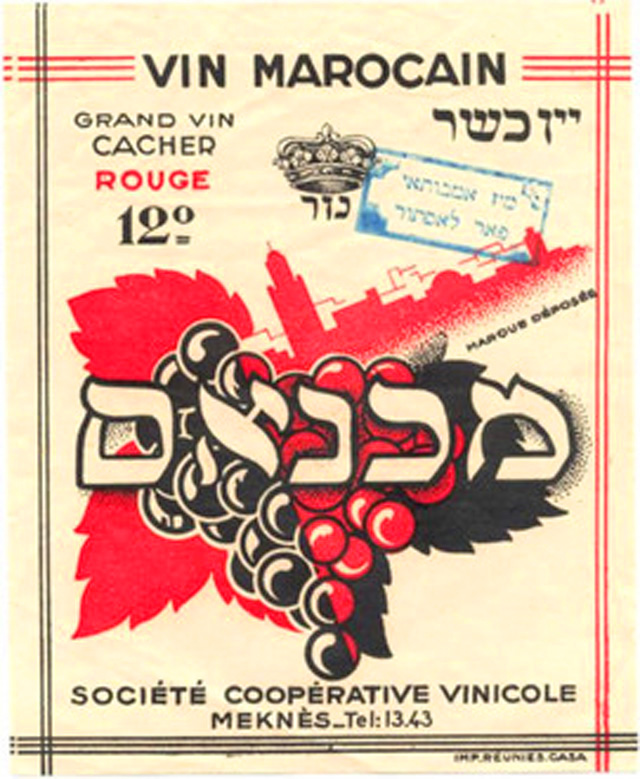|
Tella
''Tella'' or ''talla'' (Amharic ጠላ; om, farsoo, ti, siwa) is a traditional beer from Ethiopia. It is brewed from various grains, typically teff and sorghum. Depending on region, barley, wheat, or maize may be used; spices can also be added. Dried and ground shiny-leaf buckthorn leaves are used for fermentation. Due to the addition of bread and use of a fermentation vessel which has been smoked over dried olive wood or Abyssinian rose wood, tella may have a smoky flavour. The alcohol content of unfiltered Tella is usually around 2–4 Volume percent, filtered tella contains about 5–6 vol%. Tella is often home-brewed. It may be offered in tella houses (''tellabet''), usually in regular homes, where people meet and talk to each other. Tella was commonly used for kiddush by the Beta Israel ( Ethiopian Jews). Tella was used because wine was often unavailable. Due to the availability of wine in Israel, Ethiopian-Israelis generally use wine for kiddush instead of tella. ... [...More Info...] [...Related Items...] OR: [Wikipedia] [Google] [Baidu] |
Siwa (beer)
Siwa (or Suwa) ( ti, ሰዋ, translit=säwa), Amharic: ጠላ, is a beer originating from Tigray. Traditionally home-brewed, ''siwa'' remains locally popular during social events, after (manual) work, and as an incentive for farmers and labourers. Thousands of traditional beer houses (''Inda Siwa'') straddle the Tigrayan urban and rural landscapes. ''Siwa'', the traditional beer of Tigray In almost every rural household of Tigray, the woman knows how to prepare the local beer, ''siwa'' in Tigrinya language. Basic ingredients are water, a home-baked and toasted flat bread commonly made from barley in the highlands, and from sorghum, finger millet or maize in the lowlands, some yeast (''Saccharomyces cerevisiae''), and dried leaves of ''gesho'' (''Rhamnus prinoides'') that serve as a catalyser. The brew is allowed to ferment for a few days, after which it is served, sometimes with the pieces of bread floating on it (the customer will gently blow them to one side of the beaker). T ... [...More Info...] [...Related Items...] OR: [Wikipedia] [Google] [Baidu] |
Beer
Beer is one of the oldest and the most widely consumed type of alcoholic drink in the world, and the third most popular drink overall after water and tea. It is produced by the brewing and fermentation of starches, mainly derived from cereal grains—most commonly from malted barley, though wheat, maize (corn), rice, and oats are also used. During the brewing process, fermentation of the starch sugars in the wort produces ethanol and carbonation in the resulting beer.Barth, Roger. ''The Chemistry of Beer: The Science in the Suds'', Wiley 2013: . Most modern beer is brewed with hops, which add bitterness and other flavours and act as a natural preservative and stabilizing agent. Other flavouring agents such as gruit, herbs, or fruits may be included or used instead of hops. In commercial brewing, the natural carbonation effect is often removed during processing and replaced with forced carbonation. Some of humanity's earliest known writings refer to the production and d ... [...More Info...] [...Related Items...] OR: [Wikipedia] [Google] [Baidu] |
List Of Ethiopian Dishes And Foods
This is a list of Ethiopian and Eritrean dishes and foods. Ethiopian and Eritrean cuisines characteristically consists of vegetable and often very spicy meat dishes, usually in the form of ''wat'' (also ''w'et'', ''wot'' or ''tsebhi''), a thick stew, served atop ''injera'', a large sourdough flatbread,Javins, Marie"Eating and Drinking in Ethiopia." Accessed July 2011. which is about in diameter and made out of fermented flour. and eat exclusively with th ... [...More Info...] [...Related Items...] OR: [Wikipedia] [Google] [Baidu] |
Siwa (beer)
Siwa (or Suwa) ( ti, ሰዋ, translit=säwa), Amharic: ጠላ, is a beer originating from Tigray. Traditionally home-brewed, ''siwa'' remains locally popular during social events, after (manual) work, and as an incentive for farmers and labourers. Thousands of traditional beer houses (''Inda Siwa'') straddle the Tigrayan urban and rural landscapes. ''Siwa'', the traditional beer of Tigray In almost every rural household of Tigray, the woman knows how to prepare the local beer, ''siwa'' in Tigrinya language. Basic ingredients are water, a home-baked and toasted flat bread commonly made from barley in the highlands, and from sorghum, finger millet or maize in the lowlands, some yeast (''Saccharomyces cerevisiae''), and dried leaves of ''gesho'' (''Rhamnus prinoides'') that serve as a catalyser. The brew is allowed to ferment for a few days, after which it is served, sometimes with the pieces of bread floating on it (the customer will gently blow them to one side of the beaker). T ... [...More Info...] [...Related Items...] OR: [Wikipedia] [Google] [Baidu] |
Kiddush
Kiddush (; he, קידוש ), literally, "sanctification", is a blessing recited over wine or grape juice to sanctify the Shabbat and Jewish holidays. Additionally, the word refers to a small repast held on Shabbat or festival mornings after the prayer services and before the meal. Significance The Torah refers to two requirements concerning Shabbat – to "keep it" and to "remember it" (''shamor'' and ''zakhor''). Jewish law therefore requires that Shabbat be observed in two respects. One must "keep it" by refraining from thirty-nine forbidden activities, and one must "remember it" by making special arrangements for the day, and specifically through the ''kiddush'' ceremony. Reciting ''kiddush'' before the meal on the eve of Shabbat and Jewish holidays is thus a commandment from the Torah (as it is explained by the Oral Torah). Reciting ''kiddush'' before the morning meal on Shabbat and holidays is a requirement of rabbinic origin. Kiddush is not usually recited at the th ... [...More Info...] [...Related Items...] OR: [Wikipedia] [Google] [Baidu] |
Types Of Beer
Beer styles differentiate and categorise beers by colour, flavour, strength, ingredients, production method, recipe, history, or origin. The modern concept of beer styles is largely based on the work of writer Michael Jackson in his 1977 book ''The World Guide To Beer''. In 1989, Fred Eckhardt furthered Jackson's work publishing ''The Essentials of Beer Style''. Although the systematic study of beer styles is a modern phenomenon, the practice of distinguishing between different varieties of beer is ancient, dating to at least 2000 BC. What constitutes a beer style may involve provenance, local tradition, ingredients, aroma, appearance, flavour and mouthfeel. The flavour may include the degree of bitterness of a beer due to bittering agents such as hops, roasted barley, or herbs; and the sweetness from the sugar present in the beer. Types Many beer styles are classified as one of two main types, ales and lagers, though certain styles may not be easily sorted into either catego ... [...More Info...] [...Related Items...] OR: [Wikipedia] [Google] [Baidu] |
Eritrean Cuisine
Eritrean cuisine is based on Eritrea's native culinary traditions, but also arises from social interchanges with other regions. The local cuisine shares similarities with the cuisine of neighboring Ethiopia and the cuisines from other African countries in the region. Overview Eritrean cuisine shares similarities with surrounding countries' cuisines; however, the cuisine has its unique characteristics. The main traditional food in Eritrean cuisine is '' tsebhi'' (stew), served with ''injera'' (flatbread made from teff, wheat, or sorghum and ''hilbet'' (paste made from legumes; mainly lentil and faba beans). A typical traditional Eritrean dish consists of ''injera'' accompanied by a spicy stew, which frequently includes beef, goat, lamb or fish. Overall, Eritrean cuisine strongly resembles that of neighboring Ethiopia, although Eritrean cooking tends to feature more seafood than Ethiopian cuisine on account of its coastal location. Eritrean dishes are also frequently lighter in ... [...More Info...] [...Related Items...] OR: [Wikipedia] [Google] [Baidu] |
Ethiopian Jews In Israel
Ethiopian Jews in Israel are immigrants and descendants of the immigrants from the Beta Israel communities in Ethiopia who now reside in Israel. To a lesser, but notable, extent, the Ethiopian Jewish community in Israel is also composed of Falash Mura, a community of Beta Israel which had converted to Christianity over the course of the past two centuries, but were permitted to immigrate to Israel upon returning to Israelite religion - this time largely to Rabbinic Judaism. Most of the community made aliyah from Ethiopia to Israel in two waves of mass immigration assisted by the Israeli government: Operation Moses (1984), and Operation Solomon (1991). Today, Israel is home to the largest Beta Israel community in the world, with about 160,500 citizens of Ethiopian descent in 2021, who are mainly assembled in the smaller urban areas of central Israel. History First wave (1934–1960) The first Ethiopian Jews who settled in Israel in the modern times came in 1934 along with the ... [...More Info...] [...Related Items...] OR: [Wikipedia] [Google] [Baidu] |
Israeli Wine
Israeli wine is produced by hundreds of wineries, ranging in size from small boutique enterprises to large companies producing over ten million bottles per year. Wine has been produced in the Land of Israel since biblical times. Wine was exported to Rome during the Roman period, but under the Muslim rulers the production was virtually wiped out. Under the Crusaders, winemaking was temporarily revived. The modern Israeli wine industry was founded by Baron Edmond James de Rothschild, owner of the Bordeaux estate Château Lafite-Rothschild. Today, Israeli winemaking takes place in five vine-growing regions: Galil (Galilee, including the Golan Heights), the region most suited for viticulture due to its high elevation, cool breezes, marked day and night temperature changes and rich, well-drained soils; the Judean Hills, surrounding the city of Jerusalem; Shimshon (Samson), located between the Judean Hills and the Coastal Plain; the Negev, a semi-arid desert region, where drip irrigati ... [...More Info...] [...Related Items...] OR: [Wikipedia] [Google] [Baidu] |
Kosher Wine
Kosher wine () is wine that is produced in accordance with ''halakha'', and more specifically '' kashrut'', such that Jews will be permitted to pronounce blessings over and drink it. This is an important issue, since wine is used in several Jewish ceremonies, especially those of Kiddush. To be considered kosher, Sabbath-observant Jews must supervise the entire winemaking process and handle much of it in person, from the time the grapes are loaded into the crusher until the finished wine product is bottled and sealed. Additionally, any ingredients used, including finings, must be kosher.T. Goldberg 'Picking the perfect Passover wine'' MSNBC, April 19th, 2004. Wine that is described as "kosher for Passover" must have been kept free from contact with leavened or fermented grain products, a category that includes many industrial additives and agents. When kosher wine is produced, marketed, and sold commercially, it would normally have a ''hechsher'' (kosher certification mark) i ... [...More Info...] [...Related Items...] OR: [Wikipedia] [Google] [Baidu] |
History Of The Jews In Ethiopia
The history of the Jews in Ethiopia refers to people in Ethiopia who practice Judaism or have Jewish ancestry. This history goes back millennia. The largest Jewish group in Ethiopia is the Beta Israel, also known as Ethiopian Jews. Offshoots of the Beta Israel include the Beta Abraham and the Falash Mura, Ethiopian Jews who were converted to Christianity, some of whom have reverted to Judaism. Addis Ababa is home to a small community of Adeni Jews. Chabad also maintains a presence in Addis Ababa. Historical Political independence (4th century – 1632) According to the Beta Israel tradition, the Jewish kingdom of Beta Israel, later called the kingdom of Gondar, was initially established after Ezana of Axum, Ezana was crowned as the Emperor of Axum in 325 CE. Ezana, who was educated in his childhood by the missionary Frumentius, declared Christianity as the religion of the Ethiopian empire after he was crowned. The inhabitants who practiced Judaism and refused to convert to ... [...More Info...] [...Related Items...] OR: [Wikipedia] [Google] [Baidu] |






